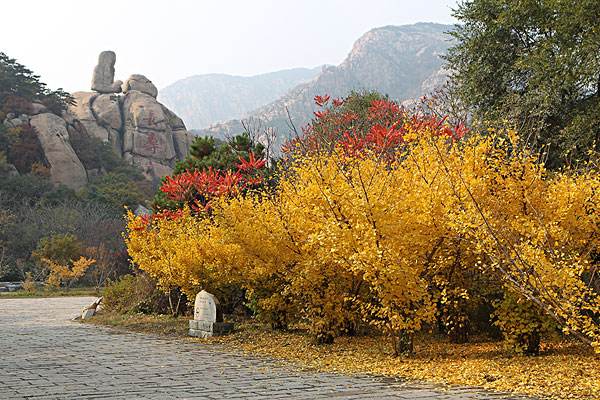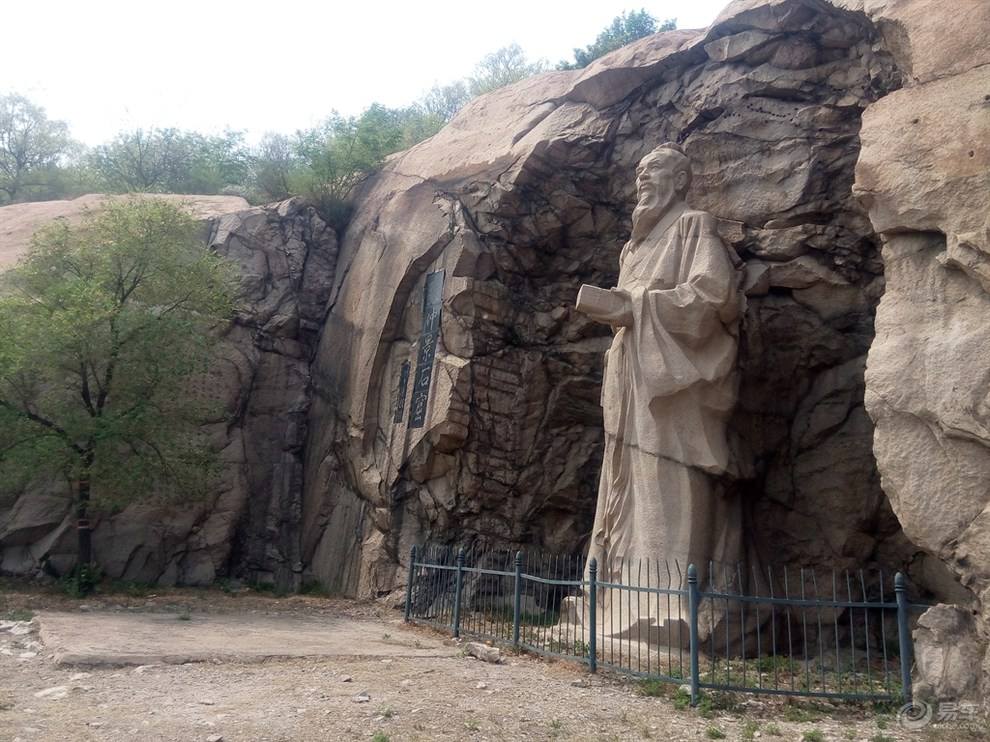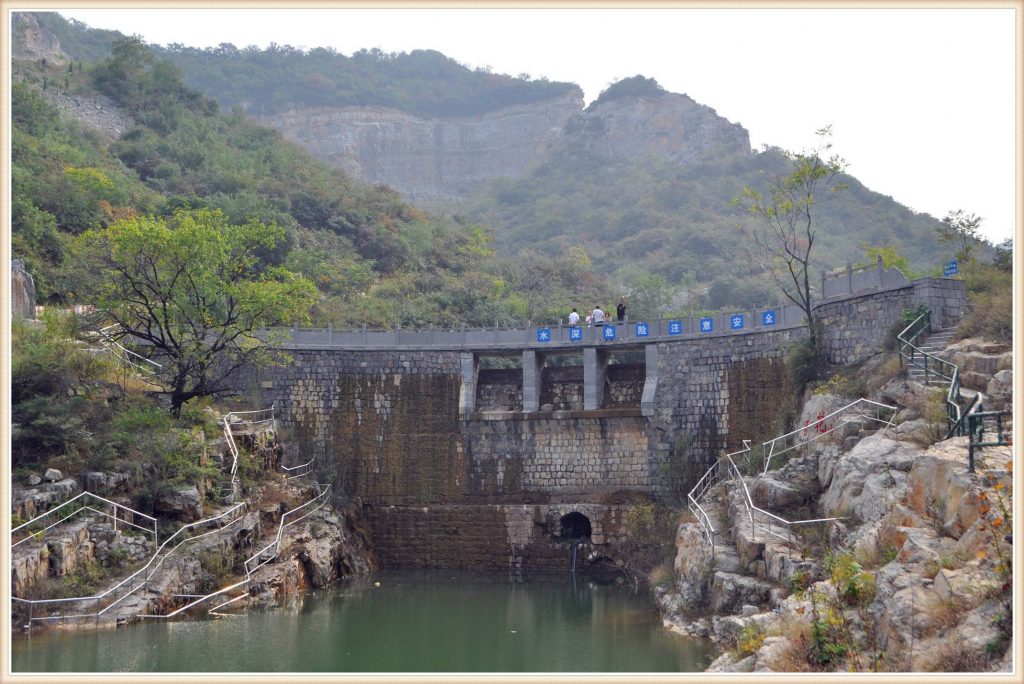Longevity Mountain Gen Yue:A Famous Imperial Garden
3 min readThe Longevity Mountain was a famous imperial garden in the capital of the Northern Song dynasty, Bianjing (now Kaifeng, in Henan), which was constructed under a blueprint drawn up in advance. The garden was an outstanding representative of mountain-water gardens in impressionistic manner at the time. Song Emperor Hui Zong, the designer, loved to seek pleasure from nature and was so fond of building gardens based on the natural water and mountains as to bear no other serious ambition. When he was on the throne, he ordered Zhu Mian,a man from Pingjiang, to collect precious flowers and rare rocks in Jiangsu and Zhejiang After digging canals and breaking low bridges Zhu transported the plants and rocks by vessels to the capital of the empir and constructed the Longevity Mountain.

With rare rocks and deep cavern, the Longevity Mountain became the layout center of all the landscape of the empire.”The mountain was more than five kilometers in circumference. The highest peak was about ninety steps above the ground, on which there was a pavilion which separated the west ridge from the east and directly ledto the south of the mountain.”Mount Zhui was grand magnificent above all the range so as to be considered as the major range of the mountain. The Ten-thousand Pines Ridge and Longevity Mountain, submitting to the Mount Zhui, helped achieve three special effects of Chinese garden-making arts: mountains bearing ranges, arch-like hillocks, and a dominant main peak.

Piled rocks and arranged waters made endless aesthetic impact on the garden. and became a valuable method of working. Led out from the pond, the stream water ran on a ridge from the south to the north into the Jinglong River, which was connected with the Square Pond and the Wind Pond in the west. These waters made the thick woods thrive along the ridge and formed a perfect water system, which “strung up all the scenes and fixed ups and downs”in the garden. The east of the Longevity Mountain was superb for ten thousand plum trees planted there. And its west was covered with herbal plants.

Mountains and waters act as major elements in the garden; however, it is frequently in the buildings that people can find a good place to appreciate thelandscapes. Therefore, architecture is constructed with two purposes,i.e. taking a rest and enjoying the beautiful scenery outside. There are also imperial palaces and halls in the garden. Instead of showing up in groups, these buildings were only constructed when necessary. This is different from the previous palatial garden before the Tang dynasty.
The Longevity Mountain adapted itself to the local condition so as to acquire anappropriate and exquisite layout. Meanwhile, arranging scenes based on the natural landform of the mountain made the garden more interesting and delightful. There were plenty of animals and birds raised in the garden. They were not specially for hunting but for adding natural wildness. It was also a part of the garden landscapes.
The Longevity Mountain is a great creation in classical Chinese gardens. It boasted the largest number of rockeries piled with the Taihu Lake rocks and numerous beautiful mountain-water scenes. Besides, the pavilions, terraces, towers, and storied buildings helped create a typical Chinese mountain-water palatial gardens, which the later palaces in the Yuan, Ming, and Qing dynasties were heavily indebted to.








